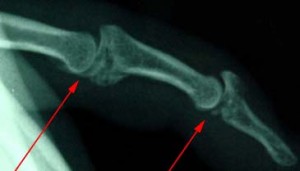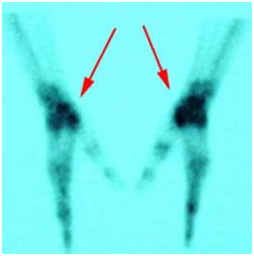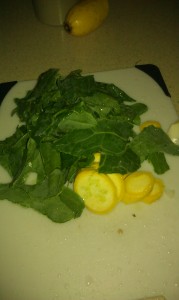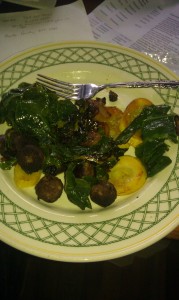Gentle Reader,
This week Dr. Chaney concludes his analysis of the article titled “10 Surprising Dangers of Vitamins and Supplements” in the September 2012 issue of Consumer Reports. The article consists of 10 warnings about the potential dangers of food supplements.
The first six of those were at least partially true, but they pertained to such a small portion of the food supplements in the market that they were almost meaningless. See the blog for 9/13.
Last week I posted Dr. Chaney’s response to the seventh warning: that heart and cancer protection are not proven. It is, he tells us, very difficult to unambiguously prove that any intervention prevents heart disease or cancer in a primary prevention setting. “In fact, recent studies have shown that you can’t even prove that statin drugs reduce heart attack risk in a primary prevention setting.”
Dr. Chaney argued that the authors seemed to suggest “that supplements have been proven not to be effective in reducing heart disease and cancer risk – and that they might even increase the risk.” Check with last week’s blog to see how he refutes that insinuation.
#8 you could choke on supplements. “Really?” Dr. Chaney sounds indignant. “That’s true of anything you swallow. But let’s put it in perspective. The FDA says that has occurred a total of 900 times over the past five years – and only a few of the cases were serious enough to require a Heimlich maneuver. Most cases of choking on supplements were easily resolved by a second swallow or little extra water.” My poor husband, Chuck, choked on his vitamins more than once and they came up instead of going down. It didn’t keep him from taking a hand full with the next meal. A slurry of a protein smoothie helps when you have a hard time swallowing. But to warn people away from supplements because they might choke?! For heavens sake.
#9 Some natural products were anything but. Are you really surprised? In most cases you can figure that out just by reading the label.
#10 you may not need supplements at all. The authors state that “If you are already getting the recommended amount of nutrients by eating a variety of fruits, vegetables, cereals, dairy, and protein, there’s little if any additional benefit from ingesting nutritional supplements”. Dr. Chaney agrees with this statement, as do I. However, what the authors did not point out was that the USDA tells us that only 5% of the US population actually eats that way.
In conclusion, “Consumer Reports is very good when they are testing consumer products or surveying customers about their satisfaction with consumer products. They are less reliable when they start to venture into areas of health and nutrition. Because this is not an area of their expertise, they are easily misled by the urban myths that abound in the field of nutrition. They do not have the expertise to examine the literature
themselves and evaluate whether or not the urban myths are true. So just take their nutritional advice with a grain of salt.”
Perhaps when looking for supplements to help with managing arthritis pain, muscle soreness, the effects of osteoarthritis and spinal stenosis, plantars faciatitis, Bell’s Palsey or the effects of menopause, you scour the web. Be sure to take a look at the Shaklee website. Nearly every product has a label and an article about its properties and benefits.
Next week, The Landmark Study, what the University of California School of Public Health concluded after looking at the health of people who had supplemented with Shaklee vitamins contrasted with those who took regular multivitamins and others who took none.
It’s your turn: Comments, please. Do you rely on Consumer Report for major purchases? How do you experience “Urban Myths”? Do you fall for them? Dig deeper? Pass them on? We’d love to hear from you.
Shop my page for the most reliable way to prevention along with a healthy diet and plenty of exercise.
Fondly, Betsy
Be Well, Do Well and Keep Moving
BetsyBell’s Health4u
206 933 1889 1 888 283 2077
betsy@hihohealth.com







